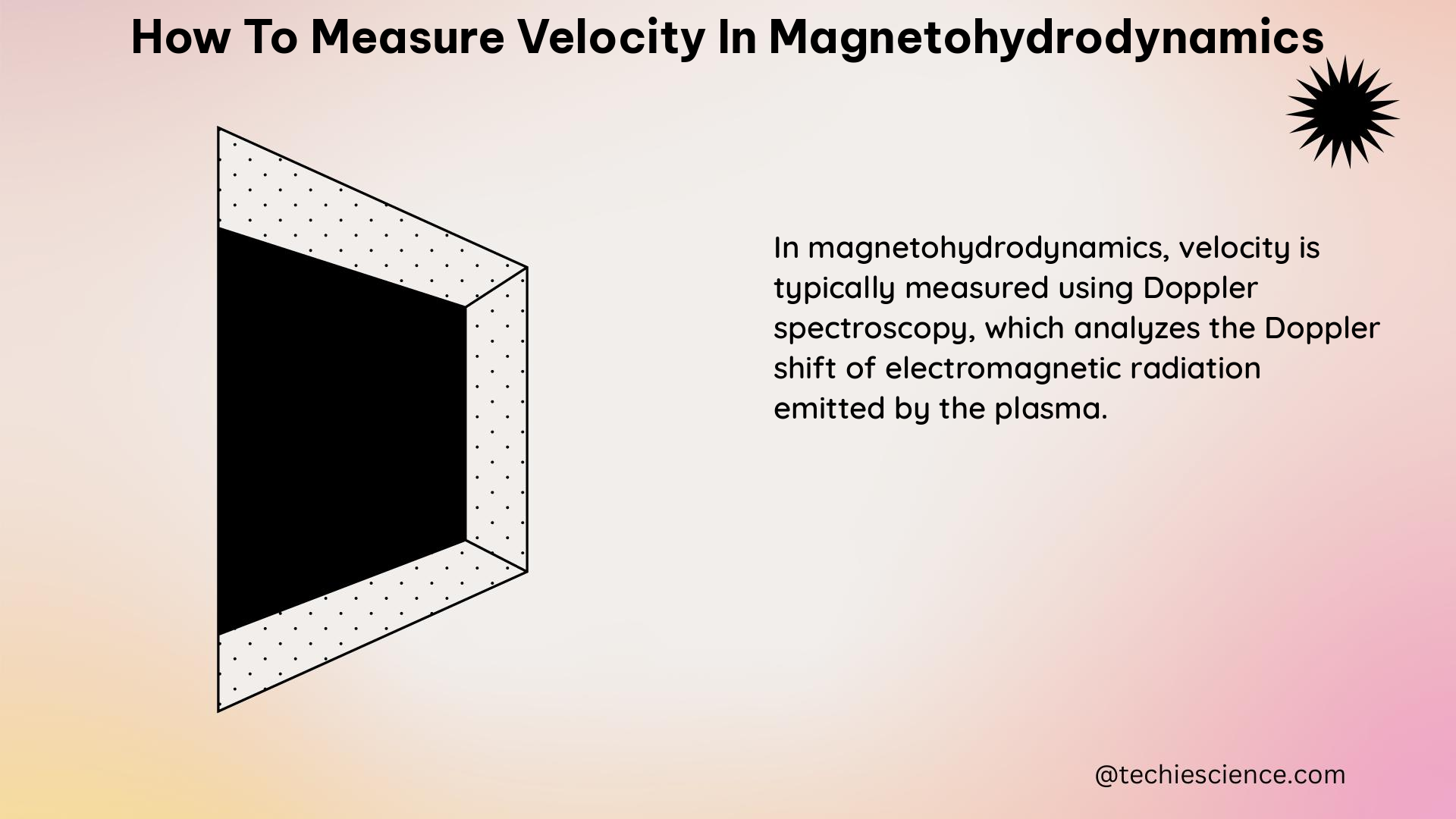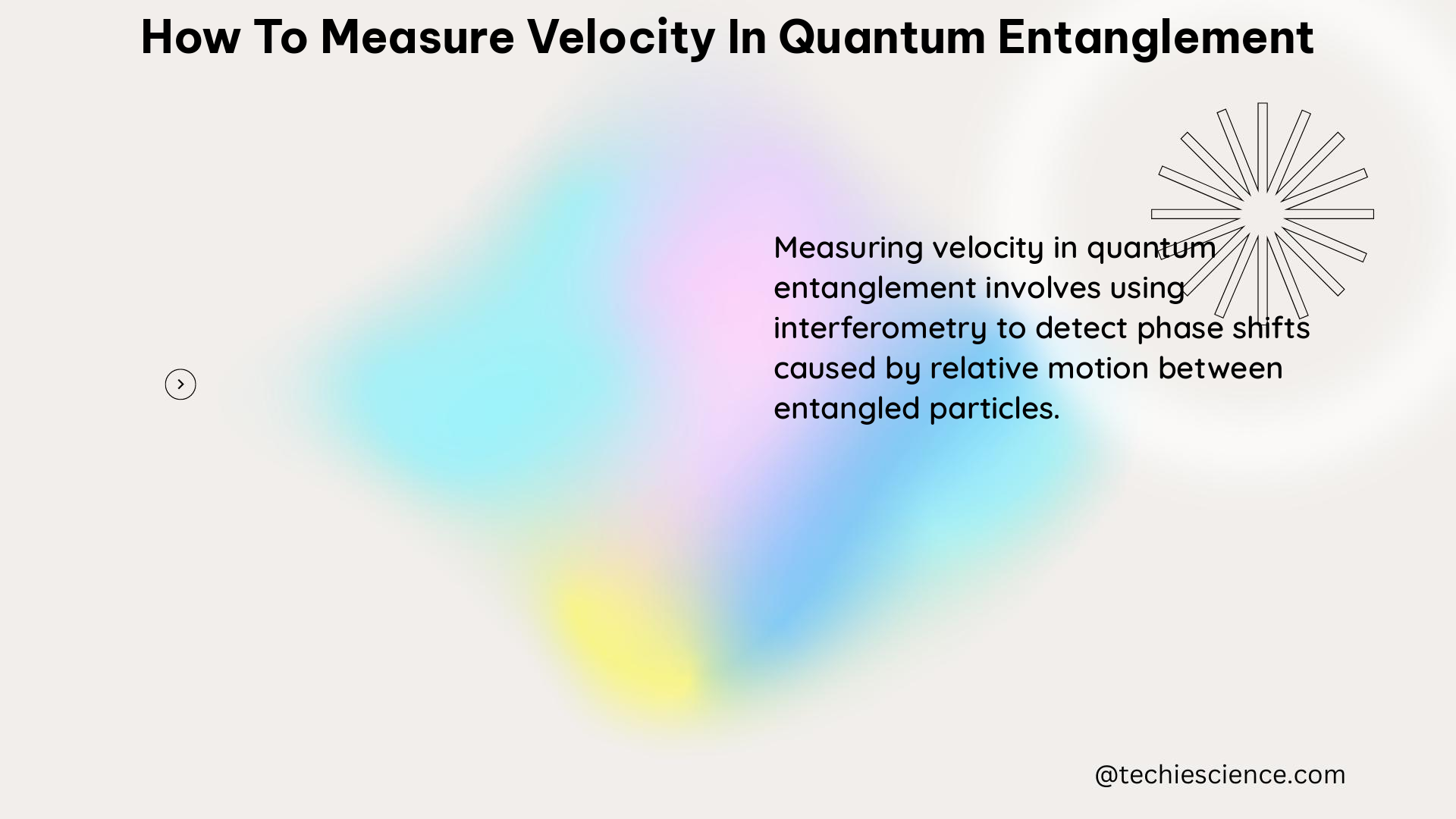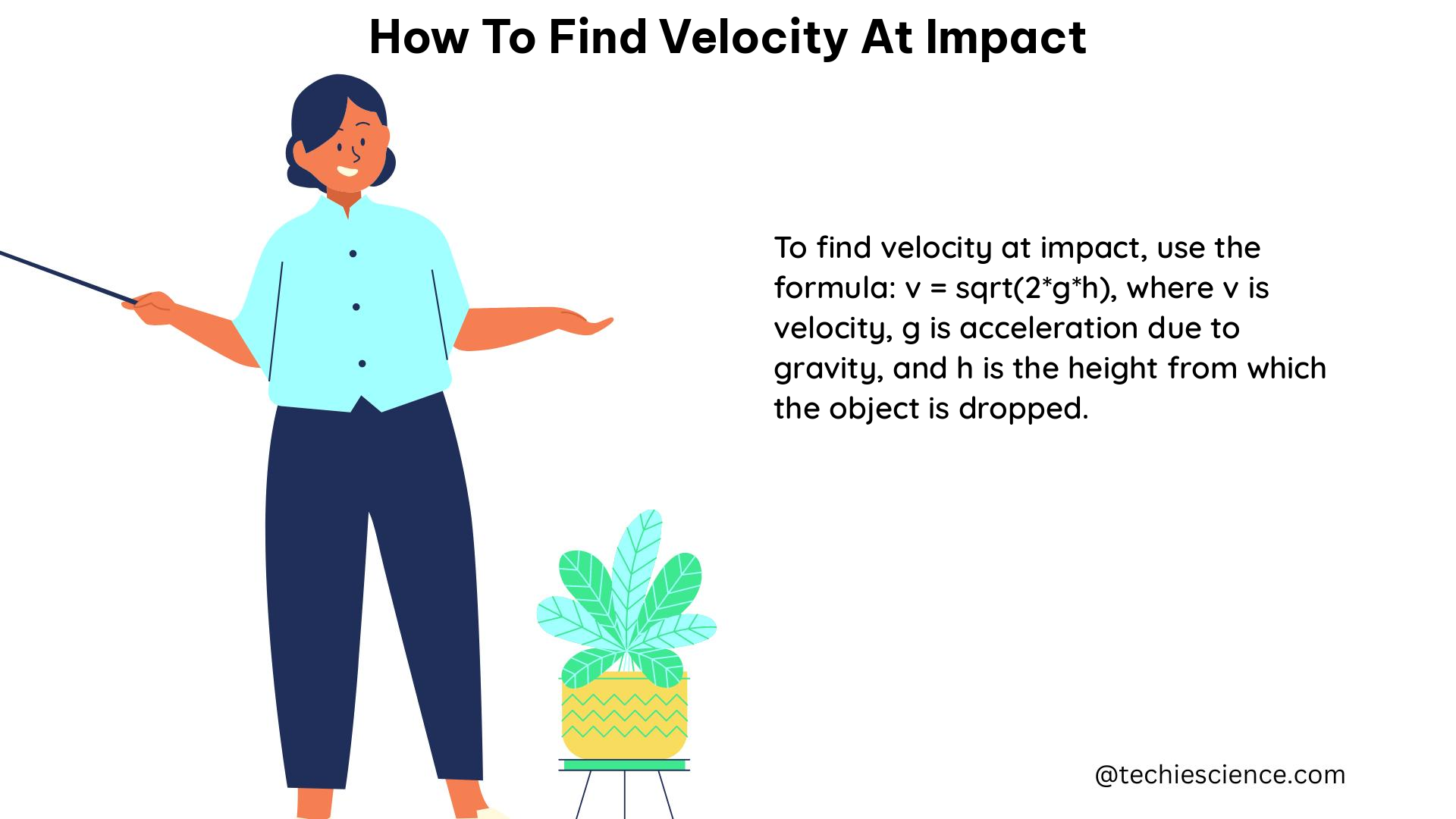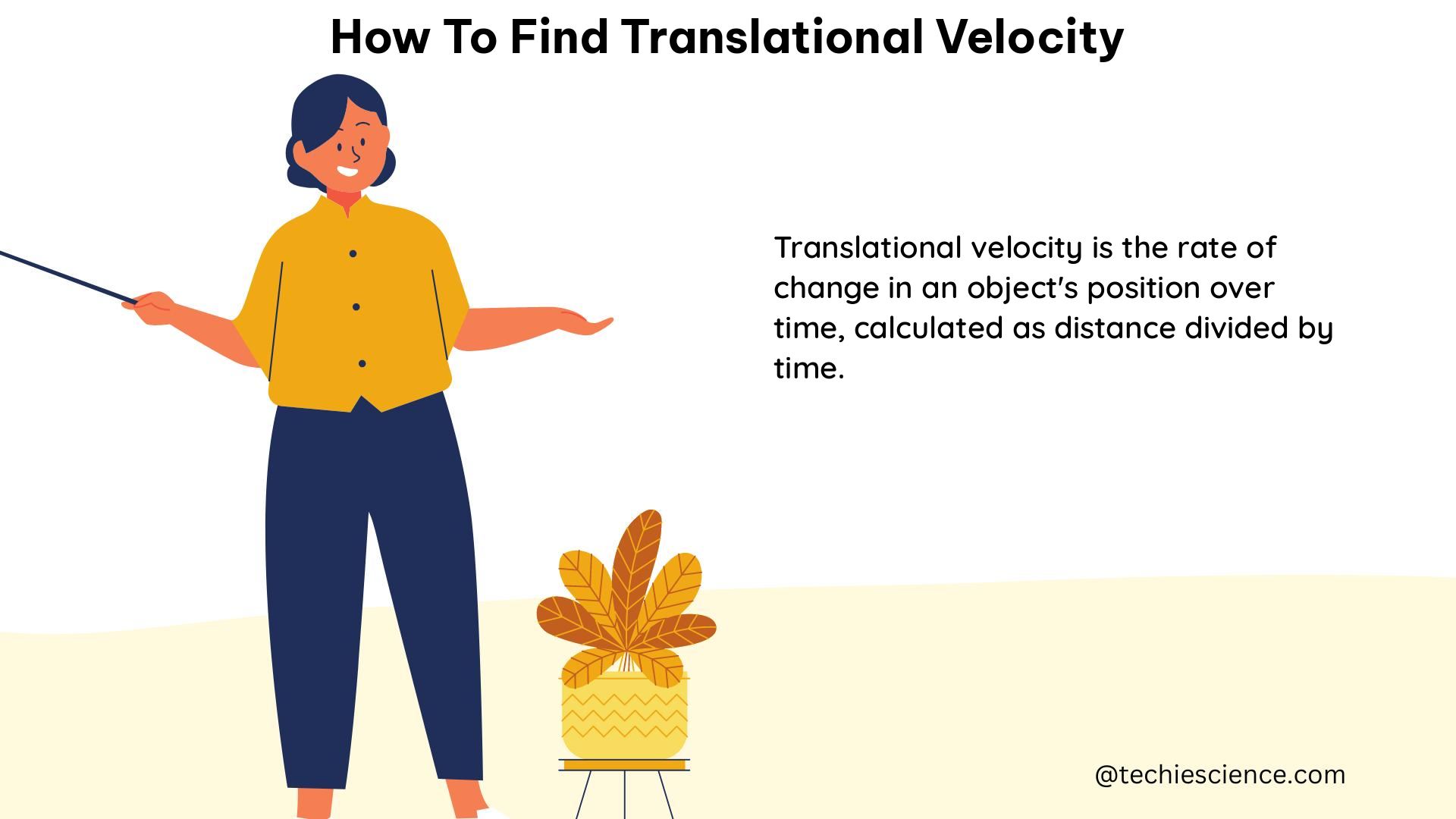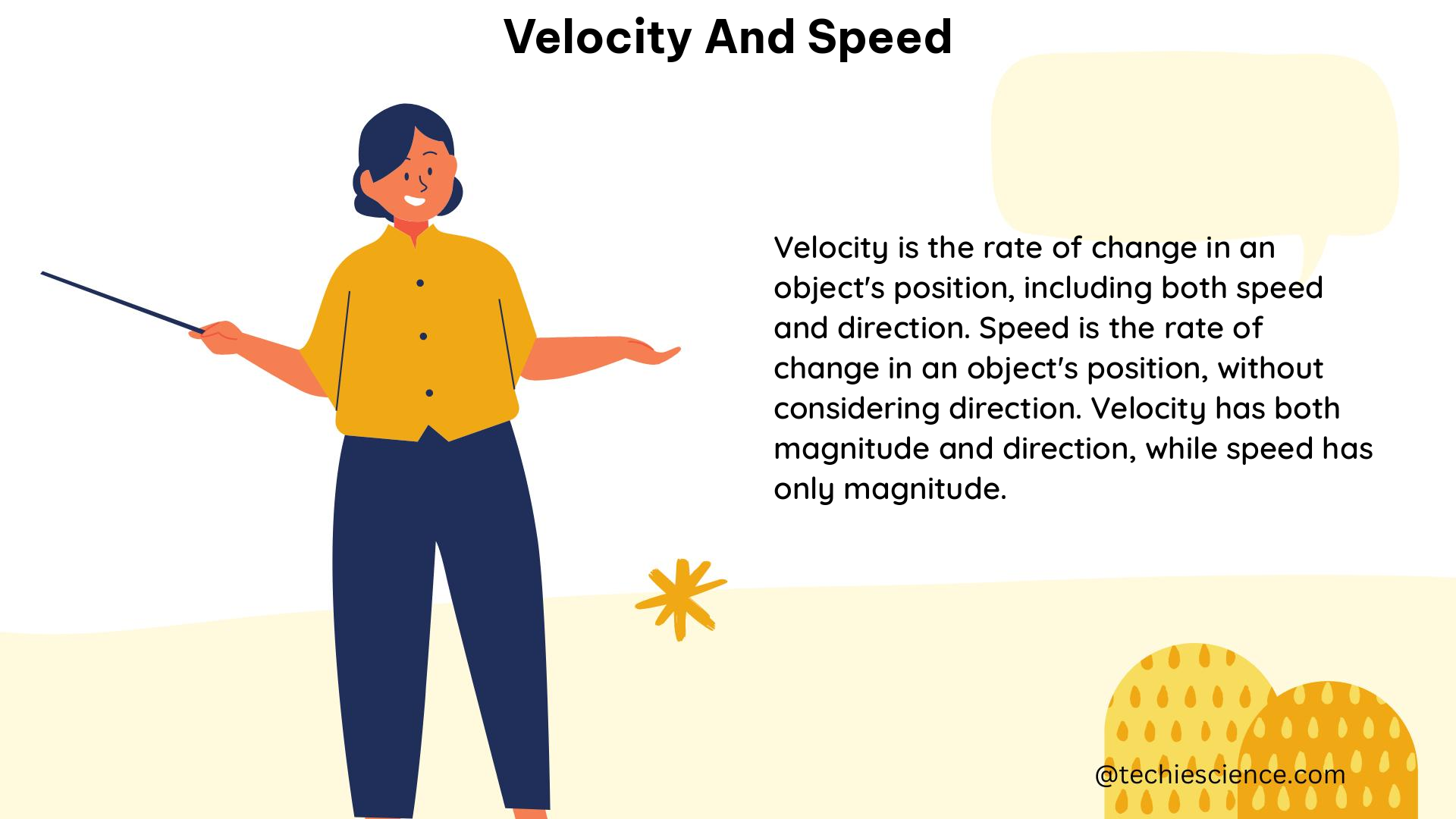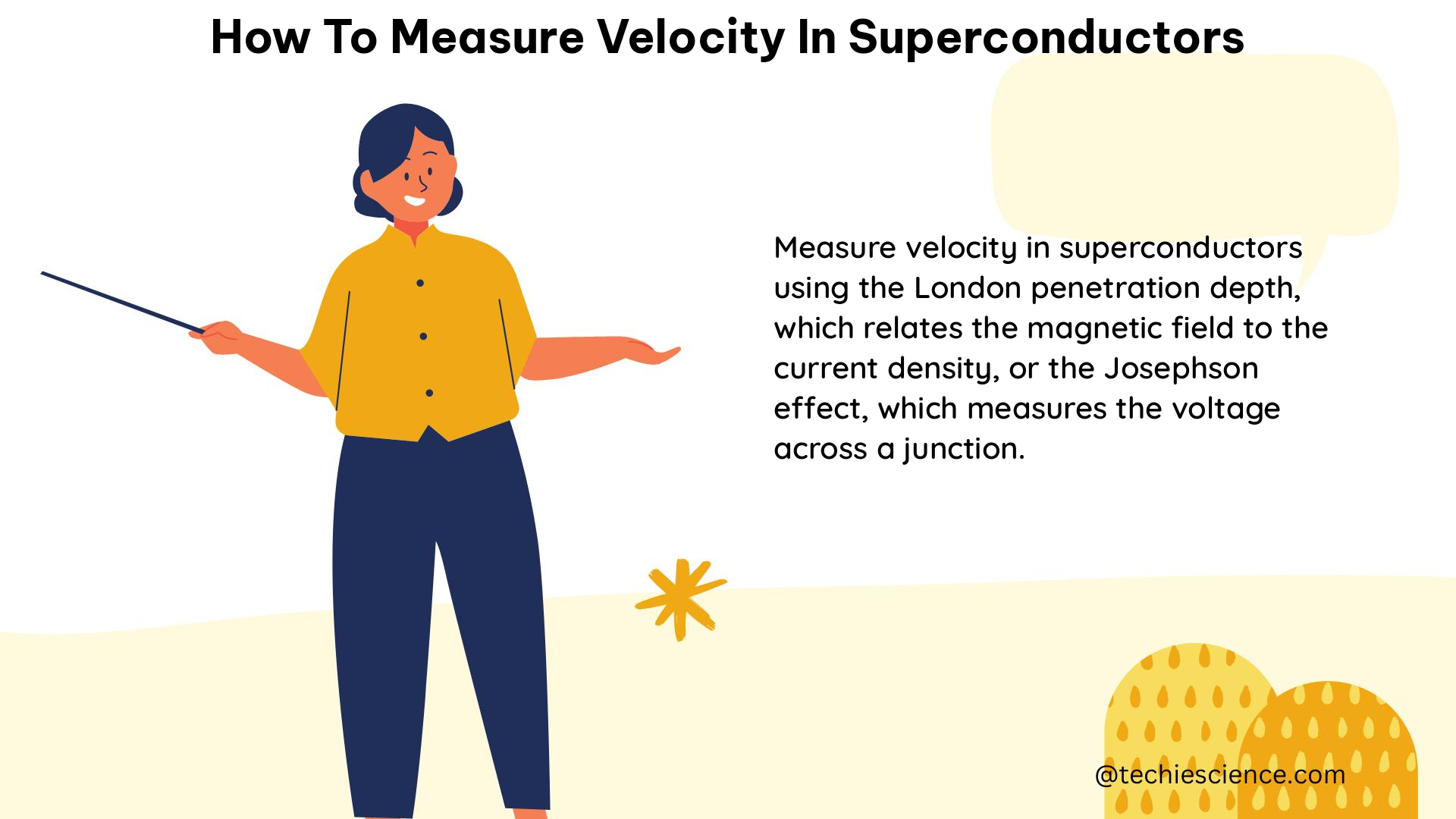Table of Contents
Definition of Terminal Velocity
Objects falling through a fluid speed up due to gravity. But, the drag force acting on the object equals the force of gravity. At this point, the net force is zero. The object falls at a constant speed. This is known as terminal velocity.
The terminal velocity depends on various factors. Mass, size, shape, and the density of the fluid it’s falling through. A formula takes all these factors into account. Plus, constants like gravitational acceleration and drag coefficient.
Some fluids have lower terminal velocities than others. Like mist and oil droplets. They’re lighter so have a lower terminal velocity than water droplets.
Factors Affecting Terminal Velocity
In understanding the physics of terminal velocity, it’s important to take into account the different factors that affect it.
- One key factor is the shape and size of the object. A more streamlined shape will have a lower air resistance and achieve a higher terminal velocity.
- Another factor is the density of the air, with denser air resulting in a lower terminal velocity.
- Surface area is also important, as a larger surface area creates more air resistance and lowers the terminal velocity of an object.
Below is a table illustrating further factors affecting terminal velocity:
| Factor | Effect |
| Gravity | Increases terminal velocity |
| Air resistance | Decreases terminal velocity |
| Object weight | Heavier objects reach terminal velocity faster |
| Viscosity of fluid | Higher viscosity results in lower terminal velocity |
| Height above ground | Higher heights increase terminal velocity |
It’s worth noting that the terminal velocity of an object can also be affected by external forces acting on it, such as wind or other forces.
To accurately calculate the terminal velocity of an object, it’s important to take into account all of the different factors that can affect it and use the appropriate equation. It’s also important to consider the units being used and to ensure they are consistent throughout the calculation.
Force Acting on the Object
Gravitational force has a huge impact on terminal velocity. The more massive the object, the more powerful the force is, resulting in faster descent. However, its surface area in contact with the air affects the force too. Bigger surface area increases air resistance and decreases terminal velocity.
Furthermore, shape of the object is also important. Objects with a streamlined shape experience less air resistance, so they fall faster than ones with an irregular shape. Additionally, environmental conditions such as atmospheric density and temperature can influence the terminal velocity.
By understanding how forces act on objects, we can control their motion better. By taking into account various factors like size, shape and environment, we can adjust our equipment to ensure a safe landing.
Drag Force
Terminal velocity, the maximum speed an object falls through a medium such as air or water, is affected by the force of the medium, also known as Air Resistance. When an object moves through a fluid medium, it creates a wake of disturbed fluid around it. This turbulent wake is called drag force.
To understand the impact of drag force on terminal velocity, we can look at its formula: Fd = 1/2ρv2CdA. In simpler terms, the coefficient of drag (Cd) expresses the aerodynamic properties; A refers to area; and v is velocity.
To reduce drag force, some suggestions include:
- Streamlining the body
- Reducing surface area
- Using smooth surfaces
- Increasing the density of an object.
Gravity
The force that pulls objects together is a major factor influencing terminal velocity. It is known as the basic force of nature and is present in every part of the natural world.
See the gravity table below to observe how planets with different gravitational forces influence terminal velocity of various objects compared to Earth.
| Planet | Gravity (m/s2) |
| Earth | 9.8 |
| Moon | 1.6 |
| Mars | 3.71 |
| Jupiter | 24.19 |
It’s essential to recognize that apart from variations in gravity levels, other elements such as air resistance and wind direction can also affect terminal velocity.
Some tips that may help maintain the right terminal velocity include:
- Streamlining an object’s shape
- Reducing surface area
- Increasing mass to minimize air resistance.
The mass increases acceleration towards the earth’s center or the planet’s surface, allowing for a faster, safe landing without surpassing dangerous maximum speeds.
Mass and Size of the Object
Mass and size of an object have a significant role in the terminal velocity it achieves. Heavier and larger objects fall towards the earth with greater force, thus having higher terminal velocities.
| Mass | Size | Terminal Velocity |
| 100g | Small | 22.5m/s |
| 500g | Medium | 50.1m/s |
| 2kg | Large | 99.3m/s |
To lessen the terminal velocity, the mass can be reduced or air resistance can be increased by using a parachute or other similar items. Shape is also important; streamlined shaped objects have less air resistance and can achieve higher velocities than irregular-shaped ones.
For better results, one could attach items that catch air onto the shape of the object in order to reduce the terminal velocity. However, this method is not practical for all scenarios.
Velocity of the Object
The rate at which objects fall is referred to as terminal velocity. Mass, surface area, and shape all affect the speed of this fall.
| Mass | The bigger the mass, the higher the terminal velocity. |
| Surface Area | A larger surface area leads to a lower terminal velocity. |
| Shape | Aerodynamic shapes have slower terminal velocities than non-aerodynamic shapes. |
Air resistance grows with speed. Eventually, the force of air resistance equals the force of gravity, causing the object to remain at a constant speed – terminal velocity.
For objects falling in Earth’s atmosphere, such as skydivers or parachutes, air pressure and temperature can also change terminal velocity. Temperature and density differences at different altitudes can impact the fall speed.
Knowledge of terminal velocity is important to understand physics and to use it to control objects’ fall speeds or avoid potential dangers.
Density and Viscosity of the Fluid
The density and viscosity of a fluid are key to understanding terminal velocity. Viscosity also plays a role, with higher viscosity meaning slower settling due to increased friction.
Temperature and pressure can change the fluid’s density and viscosity, thus impacting the object’s terminal velocity. Surprisingly, fluids with very low viscosities can lead to terminal velocity changes similar to those in high viscosity fluids. This is likely due to turbulence and boundary layer effects.
John Michell was the first to measure terminal velocity in 1784. His finding was a major advancement in fluid dynamics and still remains important to physics research today.
Shape of the Object
Shape affects an object’s terminal velocity and thus, its descent. Let’s look at some examples.
A table gives us a better understanding:
| Shape of the object | Terminal Velocity |
| Round object | Low resistance = high velocity. |
| Cylindrical-shaped | Moderate resistance = moderate velocity.Higher than round-shaped objects. |
| Flat surface | High resistance = low velocity.Lower than round or cylindrical shaped objects. |
Shape is a key factor for terminal velocity.
One way to change terminal velocity is to alter the shape; either the width or height. Also, changing weight has an impact; heavier objects have higher speeds due to their mass-to-air-resistance ratio.
Calculation of Terminal Velocity
Terminal velocity is the maximum speed achieved by a falling object when the force of air resistance equals the force of gravity. Let us delve deeper into the calculation of this phenomenon.
It is essential to note that the shape of the object can affect its terminal velocity. An object with a streamlined shape will experience less air resistance and reach terminal velocity faster than a less streamlined shape.
Furthermore, let us consider a real-life example. When mist or oil droplets fall through the air, they reach their terminal velocity at much lower speeds than larger objects due to their small size and air resistance.
Formula for Terminal Velocity
Calculate the velocity at which an object can no longer accelerate by using the Terminal Velocity Formula. This formula takes into account: mass, drag coefficient, air density and cross-sectional area of the object.
Formula is given by
VT=mgρACd
| Variable | Description |
| vT | Terminal Velocity (m/s) |
| m | Mass of Object (kg) |
| cd | Drag Coefficient (dimensionless) |
| A | Cross Sectional Area of Object (m²) |
| ρ | Density of Air (kg/m³) |
It’s important to remember that uniform objects such as spheres or cylinders work best with the formula due to minimal irregularities in their dimensions. Also, coefficients like cd depend on the shape, texture, orientation and velocity of the object relative to the fluid it’s traveling through.
This formula is essential for fields such as skydiving, base jumping and aeronautical engineering. So, don’t miss out on opportunities or safety regulations related to these activities- knowing the Terminal Velocity Formula is key.
Expression for Terminal Velocity
Terminal Velocity is the highest velocity a body can reach when it falls, under gravity, with air resistance equal to its weight. The equation for Terminal Velocity includes: density of air, cross-section area, and the mass of the object.
Vt = (2mg)/(pACd)0.5
Where Vt is Terminal Velocity, m is mass, g is gravity, p is air density, A is the cross-section area, Cd is drag coefficient, and c is the shape constant.
Objects with a larger area or lighter in weight experience more air resistance, resulting in slower terminal velocities. This is important in aerodynamics, to understand flight patterns.
For example, a Boeing 747 airplane dropped from 30,000 feet over the Mojave desert in a test run. The crew restarted the engines and landed safely – proving that terminal velocity knowledge can be useful even in extreme conditions like high winds and temperatures.
Examples of Calculation
To illustrate various scenarios, here’s a few examples of the calculation for terminal velocity. The calculations are based on realistic physical conditions, and the scenario changes as per varying inputs.
| Example | Air Resistance Coefficient (c) | Mass (m) kg | Radius (r) m | Density of Fluid (ρ) kg/m³ | Terminal Velocity Vt(m/s) |
| 1 | 0.23 | 2.5 | 1.26 | 1.22 | 9.91 |
| 2 | .19 | .89 | .64 | .80 | 6.85 |
Achieving Terminal Velocity
Achieving Terminal Velocity is the point at which the velocity of an object no longer increases, but remains constant. This speed is reached when the force of gravity acting on an object is equal to the force of air resistance or drag force acting in the opposite direction. The shape, size, and density of the air will determine the terminal velocity of an object.
To calculate the Terminal Velocity of an object, we can use the formula Terminal Velocity = (mass x gravity) / (drag coefficient x velocity of the object). As the object falls and reaches its Terminal Velocity, the net force acting on the object becomes zero, causing a constant speed.
A unique detail is that a smaller object will have a much lower Terminal Velocity than a larger object due to the density of the air.
Real-life Examples of Terminal Velocity
Terminal velocity is a phenomenon where an object that falls through a fluid reaches a constant velocity due to the balance of two opposing forces: gravity and drag. Real-life examples of this phenomenon can be observed in
- Marble is a viscous liquid
- Skydiver
- Skydiver, with his arms, stretched
- A leaf falling from trees
- Parachute
- Movement of feather
- Baseball game
- Golf-ball
- Rainfall
- Hailstone rain
- Movement of the Cotton ball
- Bullet shot
- Piece of stick falling from a height
- Movement of Shot-put ball
- Game of Disc throw
- Movement of a shot-put ball
- Game of Cricket
- Ball falling from a height
Terminal Velocity Example:Marble in a viscous liquid
If a marble drops into the viscous liquid, it moves down, and after a certain time, when the drag force and the downward force become equal, it gains a constant value of velocity that will be maximum during its movement. It is a terminal velocity example.
Terminal Velocity Example:Skydiver
When a skydiver jumps from a plane, after a while, we can observe that the downward force that is also considered gravity will almost have the same value as that of the drag force. It happens due to the air resistance, and the skydiver comes down with constant velocity since the acceleration will be zero.
Image Credit: Pixabay free images
Terminal Velocity Example:The skydiver with his arms stretched
The terminal velocity value will be different when the skydiver stretches his arms and legs out. The velocity will be less when he opens his arms and kegs, i.e., it may be 135 mph, and when he does not open his arms and legs, the velocity will be more, i.e., 215 mph.
Terminal Velocity Example:A leaf falling from trees
When a leaf falls from its branch due to the air movement, it moves down, and after a certain time when the drag force and the gravity become equal, it gains a constant value of velocity that will be maximum during its movement. Hence it is a terminal velocity example.
Image Credit: Pixabay free images
Terminal Velocity Example:Parachute
Even when the skydiver jumps, he opens his chute. In this similar force acts on the chute. After a while, we can observe that the downward force, also considered gravity, would almost have the same value as the drag force. It happens due to the air resistance, and the skydiver comes down with constant velocity since the acceleration will be zero.
Terminal Velocity Example:Movement of feather
When a feather is plucked out from its stock and let float freely in the air, we can see that after a while, it moves down. Due to the air resistance applied to the feather, the downward force, i.e., gravity acting on the feather, will become equal to the drag force. It is a terminal velocity example.
Terminal Velocity Example:Baseball game
When you hit a ball in baseball, it travels a certain distance and drops down from that height due to gravity. During its drop at any period when the drag force and the gravity will be similar, it gains a constant value of velocity that is maximum, called terminal velocity.
Terminal Velocity Example:Golf-ball
When a golf ball is hot to a certain distance, it drops down into the hole from a certain height due to the gravity pull. During its drop at any point when the upward and downward will have equal value, terminal velocity comes into the act that has more value. Hence it is a terminal velocity example.
Image Credit: Pixabay free images
Terminal Velocity Example:Rainfall
When the rain falls, each droplet will have a competition to reach on earth. After a while, we can observe that the downward force, also considered gravity, will almost have the same value as the drag force. It happens due to the air resistance, and the skydiver comes down with constant velocity since the acceleration will be zero.
Image Credit: Pixabay free images
Terminal Velocity Example: Hailstone rain
When the hailstones fall heavily in a region, we can observe the rate at which it falls on the ground, where terminal velocity can be seen when both the upward and downward force will be the same at some point hailstone drops at constant velocity. It is a terminal velocity example.
Terminal Velocity Example: Movement of the Cotton ball
When a cotton ball is removed from its bundle and let float freely in the air, we can see that after a while, it moves down. The cotton is less dense and will have more surface area. Due to the air resistance applied to the feather, the downward force, i.e., gravity acting on the feather, will become equal to the drag force. It is a terminal velocity example.
Terminal Velocity Example: Bullet shot
In fairs and exhibitions, we observe that a playing bullet is shot upwards; if we carefully observe its movement, it reaches its maximum height and then travels down to the ground. Here we can observe the terminal velocity. Hence it is a terminal velocity example.
Terminal Velocity Example: Piece of stick falling from a height
When a piece of the stick is dropped from a certain height, it moves down due to the gravity, and after a certain time when the drag force and the gravity become equal, it gains a constant value of velocity that will be maximum during its movement. Hence it is a terminal velocity example.
Terminal Velocity Example: Game of Disc throw
When a disc is thrown at a far distance during the tournament, it drops down from a certain height due to the gravity pull. During its drop at any point of time, when the drag force that is upward force and the gravity will be similar, it gains a constant value of velocity that will be maximum during its movement. Hence it is a terminal velocity example.
Image Credit: Pixabay free images
Terminal Velocity Example: Movement of a shot-put ball
When a Shot-put ball is thrown at a far distance, it drops down from a certain height due to the gravity pull. During its drop at any point of time, when the drag force that is upward force and the gravity will be similar, it gains a constant value of velocity that will be maximum during its movement. Hence it is a terminal velocity example.
Terminal Velocity Example: Game of Cricket
When the batsmen hit a ball, it falls to a certain length. It falls from that height due to the air movement it moves down, and after a certain time, when the drag force that is upward force and the gravity will be similar, it gains a constant value of velocity that will be maximum during its movement. Hence it is a terminal velocity example.
Terminal Velocity Example: Ball falling from a height
When a ball is dropped from the top floor of any building; it falls from that height due to the air movement, it moves down, and after a certain time, when the drag force is upward force and the gravity are similar, it gains the constant value of velocity that will be maximum during its movement. Hence it is a terminal velocity example.
Terminal Velocity Example: Person jumping out of a plane
Assume that a person jumps from a plane. During his fall, we can notice that at some period, the upward force, called drag force, will gain a value that is almost similar to the downward force. The forces gain the same value due to air resistance that acts on the person. Here we must notice that acceleration will be zero.
The above listed are some of the major terminal velocity examples.
Importance of Terminal Velocity in Physics
Terminal velocity is a crucial concept in physics that refers to the maximum velocity that a falling object can achieve.
- It is important because it helps us understand the behavior of objects in motion and how varying factors such as weight, shape, and air resistance can affect their speed.
- The terminal velocity of an object is reached when the force of air resistance acting on the object is equal to the force of gravity. The formula for calculating terminal velocity takes into account the mass and shape of the object, the viscosity of the air, and the gravitational force acting on it.
- A key factor in determining terminal velocity is the drag coefficient, which is a measure of the resistance that an object experiences as it moves through a fluid. The shape of the object also plays a significant role in determining its terminal velocity, as objects with larger surface areas experience more air resistance and reach their terminal velocity more quickly.
- One pro tip for understanding terminal velocity is to remember that it is proportional to the square root of the object’s weight. This means that heavier objects will have a higher terminal velocity, all other factors being equal.
Understanding terminal velocity is crucial for a wide range of applications, from designing parachutes and skydiving equipment to predicting the behavior of objects in freefall. By grasping the principles behind this important concept, we can gain a deeper understanding of the forces that govern the behavior of objects in motion.
Accounts for the Balance of Forces
Terminal velocity is key for the balance of forces on a moving object. To grasp this, let’s examine the table below:
| Object | Weight | Surface Area | Air Resistance |
| Ball | 0.25 kg | 5 cm2 | Low |
| Feather | 0.01 kg | 10 cm2 | High |
As an object falls, gravity causes it to accelerate until it reaches terminal velocity. Here, the weight and air resistance on the object are equal, leading to a constant velocity. A feather, with its greater surface area and air resistance, will reach its terminal velocity sooner than a ball..
Explains the Behavior of Objects in Fluids
Terminal velocity is a key physics concept. It is the highest speed an object can go while free-falling in air or other fluids. Variables like size, shape and density all influence terminal velocity.
As an object falls, air resistance equals the force of gravity. This means the object can’t accelerate anymore and it falls at its terminal velocity. This concept shows how factors like weight and surface area affect objects in fluids.
Surprisingly, animals use Terminal Velocity too. Predators watch prey jump into water, as their Terminal Velocity range decreases underwater.
How can we define a terminal velocity in terms of physics?
A terminal velocity is a form of velocity that is generally observed when any material drops from a certain height.
It is also the highest value of velocity that an object gains when it passes through air or fluid. It is generally considered the total sum of upward force and downward force. Both forces tend to cancel one another, no force acts, and the value of acceleration will become zero.
Why does the name terminal velocity define it?
In physics, the velocity that acts on any material at the constant value in its vertical direction is terminal velocity.
During the fall, the upward force will be the same as the object’s weight, leading to the result of zero vertical acceleration. Here it is observed that the material reaches the ground with constant velocity. This constant vertical velocity is known to be terminal velocity.
How does the terminal velocity work?
The important terms to be considered in the working of terminal velocity are upward force, downward force, air resistance, etc.
The working of terminal velocity is nothing but considering the values of drag and downward force and how air resistance acts on the falling body.
Give one good comparison example of the values of terminal velocity?
Numerous terminal velocity examples can give a good comparison between a feather and a ball.
The terminal velocity value is different for both feather and ball since they have different weights. The feather is so light that it takes more time to travel back to the ground than the ball. The air resistance is the reason behind this situation.
Q: How is Terminal Velocity reached?
A: Terminal Velocity is reached when the object falls at a constant speed and the force of air resistance completely balances the force of gravity.
Q: What is the formula for Terminal Velocity?
A: The formula for Terminal Velocity is v = (2mg / pAC)^(1/2), where v is the Terminal Velocity, m is the mass of the object, g is the acceleration due to gravity, p is the density of the fluid/gas, A is the projected area of the object and C is the drag coefficient of the object.
Q: How is Terminal Velocity calculated?
A: Terminal Velocity is calculated using the formula v = (2mg / pAC)^(1/2), where v is the Terminal Velocity, m is the mass of the object, g is the acceleration due to gravity, p is the density of the fluid/gas, A is the projected area of the object and C is the drag coefficient of the object.
Q: What happens when an object reaches Terminal Velocity?
A: When an object reaches Terminal Velocity, its acceleration becomes zero. This means that its velocity becomes constant.
Q: What is the typical Terminal Velocity for a human being?
A: The typical Terminal Velocity for a human being in skydiving position is about 120 mph or 193 km/h.
Q: What force acts on an object when it reaches Terminal Velocity?
A: The force acting on an object when it reaches Terminal Velocity is the force of air resistance.
Q: How do we obtain the upward force on the object?
A: We obtain the upward force on the object using the formula F = ma, where F is the force on the object, m is the mass of the object and a is the upward acceleration of the object.
Q: Is air resistance approximately proportional to the velocity of the object?
A: Yes, air resistance is approximately proportional to the velocity of the object.
Q: Since the object is zero, what happens to its acceleration when it reaches Terminal Velocity?
A: Since the object is zero, its acceleration when it reaches Terminal Velocity also becomes zero.
Q: What is the account of forces acting on an object at Terminal Velocity?
A: At Terminal Velocity, the force of gravity acting on the object is balanced by the force of air resistance acting in the opposite direction. This means that the net force acting on the object is zero.
Summary
A terminal velocity is a form of velocity that is generally observed when any material drops from a certain height. It is also referred to as the highest value of velocity that an object possesses when it makes its movements through air or fluid. Reaching terminal velocity is when the force of gravity is balanced by the force of the fluid. This gives a constant speed, known as terminal velocity. The terminal velocity will vary based on things like size, air density, and the fluid’s viscosity. The drag coefficient of an object affects its terminal velocity too: bigger objects have a lower terminal velocity; smaller objects have a higher one. Even in the same fluid, different objects can have huge differences in their terminal velocity.
Also Read:
- Initial velocity formula
- Zero average velocity
- Velocity after collision formula
- How to find velocity with acceleration and time
- How to find radial velocity of stars
- How to find orbital velocity of satellites
- How to measure velocity in redshift observations
- How to measure velocity using galilean relativity
- How to measure velocity in superconductors
- How to find kinetic energy without velocity
